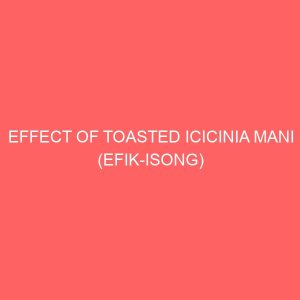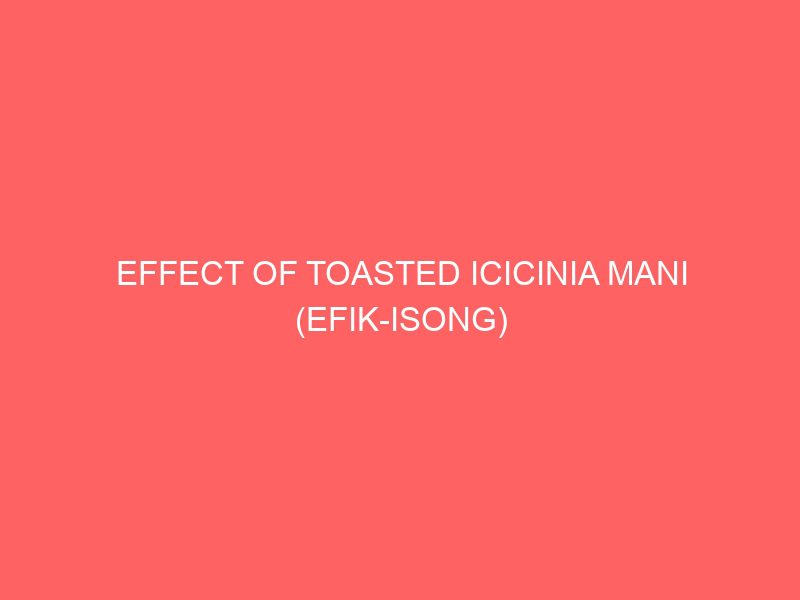Description
CHAPTER ONE
1.0 INTRODUCTION
Animal protein in most of the developing countries is not readily available to the populace due to the high cost of production faced by the livestock industry. This is largely due to the high cost of livestock feed. Feed contribute about 60% of the total cost of production. This is as a result of the unavailability and high cost of the conventional feedstuffs like maize and soybeans which is occasioned by the competition between man and livestock (Vander Zijpp 1997; Emenalon 2004). This made animal protein unaffordable by the masses in the developing nations and has given rise to many nutritional problems emanating from low consumption of animal protein.
The world population is ever increasing. In the developing countries in particular, farmers are faced with the challenge of meeting the demand for food by the teeming population. According to Christopher et al 1997; Onimisi 2005, the ever increasing population in developing countries practically erodes increases in food production leaving no hope of ever having surplus grains to compound economically viable livestock feed.
The long term growth of animal production in Nigeria is dependent on a better utilization of farm waste products which attract little or no monetary values (Terve, 1997). Therefore current research efforts in most developing countries are aimed at identifying potential feed sources that have little or no demand by humans that will be cheap and available for compounding livestock rations as it will remove the competition between man and livestock. Some of such potential feed materials that are been investigated include; by products from garri processing industry and wastes from Cattle ranches, abattoirs, and poultry houses (Alawa and Umunna 1993, Abudulmalik et al 1994).
This research study is aimed at investigating a new potential feed material known as Icacinia mani, Efik-isong in Ibibio language. It is not used as feed by man. It is a tuber crop that grows wild and a good source of energy.
1.1 OBJECTIVE OF STUDY
To determine the body weight performance of weaner rabbits fed diets in which dietary maize was partially replaced with toasted Efik-isong, Icacinia mani flour so processed.
To determine the effect of the toasted Icacinia mani on haematolology and blood biochemistry of the weaner rabbit







